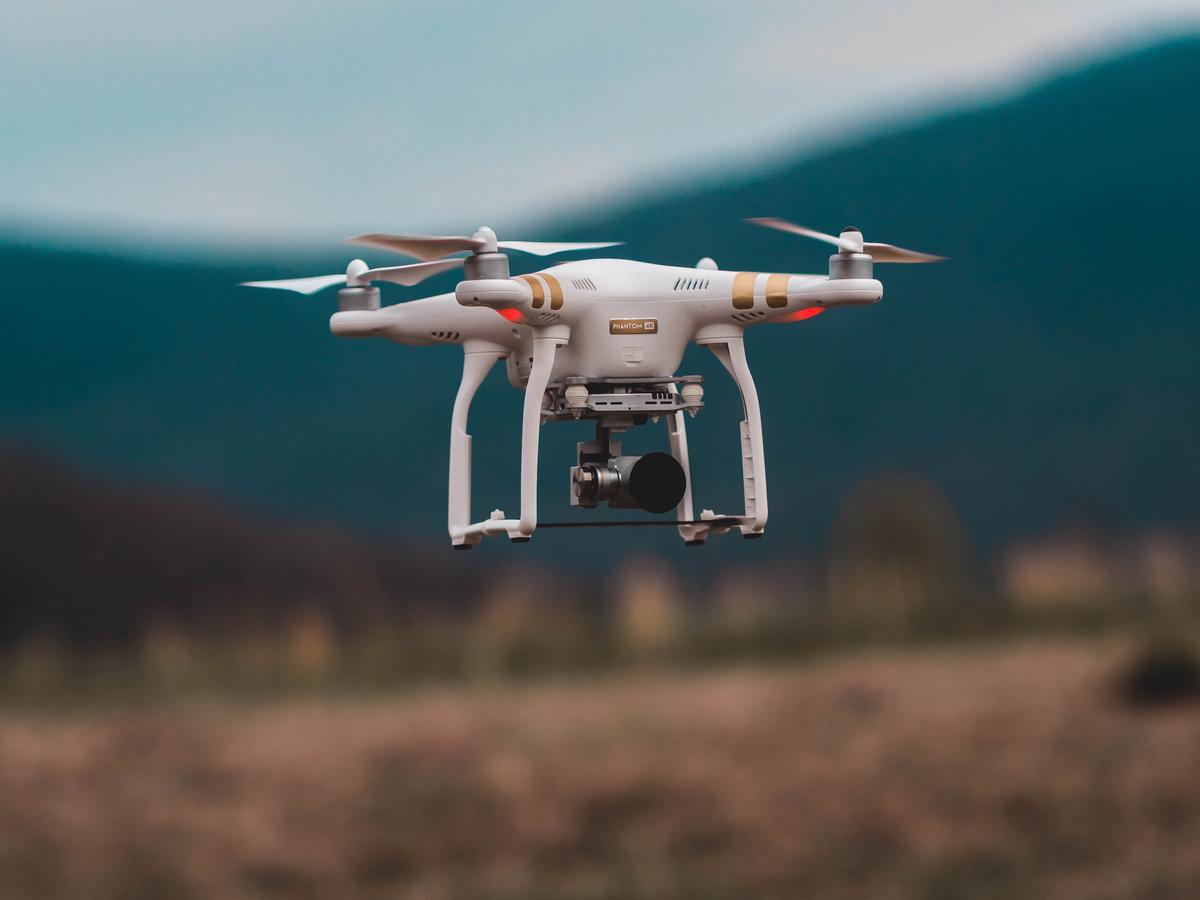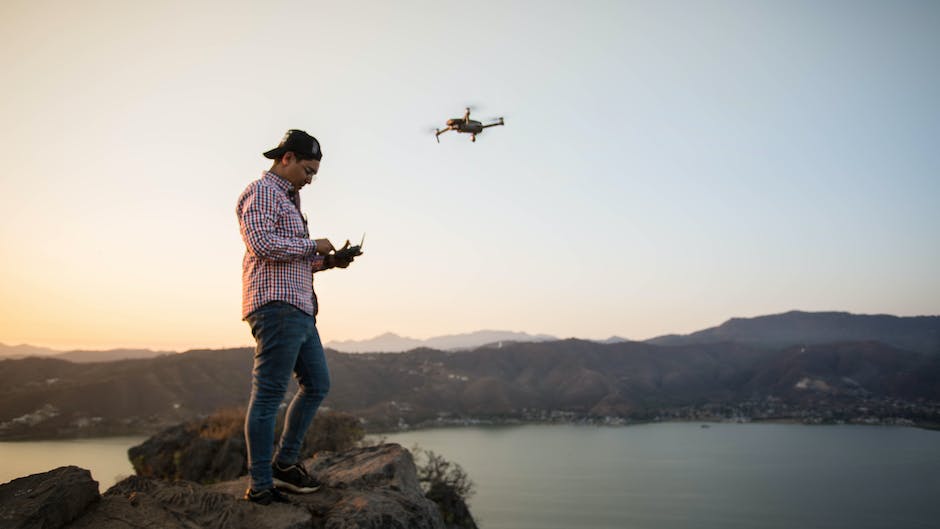Navigating the world of drone technology, particularly the realm of DJI drone firmware, presents an exciting exploration into the backbone of these flying marvels. As a DJI drone enthusiast or hobbyist, comprehending the structure of DJI drone firmware provides a critical entry point into unlocking the drone’s full potential. This comprehensive understanding is tantamount to knowing where to make key adjustments that could modify and optimize the drone’s performance. Moreover, the adherence to safety measures can’t be overstated, especially in the field of firmware hacking. Not only does this ensure the well-being of individuals, but it also incorporates an adherence to regulatory norms. Equally significant is the aspect of code injection into the firmware; a knowledge sphere that speaks to the crux of bending the drone to one’s will, albeit in legal and responsible parameters.
Understanding DJI Drone Firmware
The Intricate Structure of DJI Drone Firmware: Its Role and Implications
DJI – a market leader in drone technology, widely recognized for its sophisticated gadgetry, offers a series of drones with impressive features. One transformative element setting these drones apart is the firmware. The firmware plays a central role in DJI drones’ functionality, touching every aspect – from flight control to image capture. But what is the firmware’s structure? How is it organized, and what role does it play in the overall functioning of DJI drones?
Understanding Firmware in DJI Drones
Essentially, firmware is the low-level control software that communicates directly with the drone’s hardware to initiate and manage operations. It acts as the intermediary between the drone’s control software and its hardware. DJI drone’s firmware, written in code, comes in a .BIN or .FLV file format and contains a series of instructions for the drone’s microcontrollers.
DJI drone firmware is structured hierarchically. At the core of this hierarchy are the microcontrollers that execute the instructions embedded in the firmware code. These instructions control multiple components of the drone, including the motors, the GPS, the camera, and the sensors.
Layers and Roles of DJI Firmware
The firmware exists in layers, each with specific responsibilities. The bootloader, a key lower-level component, is responsible for initializing the drone’s hardwares — such as the processors and memory — after which it begins loading the main firmware.
The main firmware, another layer, handles all primary functionalities of the DJI drone. It accommodates robust features like automatic takeoff, landing, real-time tracking, and obstacle detection and avoidance. Moreover, it also handles sophisticated operations including capturing high-res pictures and videos, managing live feeds, and operating intelligent flight modes, like waypoint navigation.
The final layer includes minor updates or modifications that fine-tune a drone’s performance. Users can upgrade this layer typically through a .txt or .dat file provided by DJI. These updates deal with optimising battery usage, controlling engines, adjusting camera settings, and more.
The Importance of Firmware in DJI Drones
Firmware plays a crucial role in drone functionality, dictating flight and control mechanisms. Its hierarchical structure guarantees that each component is initialized properly, making sure the drone flies smoothly, navigates accurately, captures high-quality imagery and avoids obstacles.
Moreover, DJI’s firmware ensures that the drone can be updated over time to resolve any glitches, enhance performance, add new features, and maintain compatibility with newer technologies and devices.
Decoding the Firmware
However, it’s important to highlight that the firmware on DJI drones is encrypted as a security feature. Why? Guarding against malicious third-party software, preventing unauthorized modifications to the drone’s functionality, and protecting proprietary technology. Firmware decryption, though a complex process, is achievable and often performed by technophiles interested in tweaking drone features or conducting academic research.
To sum it up, firmware stands as a cornerstone of DJI’s drone technology. Its hierarchical structure and the roles it plays are pivotal to the drone’s functionality and progression, ensuring optimal performance and evolvement. So, the next time the drone whizzes above in the sky capturing breathtaking visuals, remember the complex underlying firmware is what makes it all possible.

Photo by jaredbrashier on Unsplash
Safety Measures while Firmware Hacking
Firmware Hacking Safety Measures – Mitigating Risks in DJI Drone Customization
As we’ve previously established, firmware, especially that of DJI’s advanced drones, is critical in controlling flight, navigation, and ensuring optimal imagery. It’s a multi-layered, complex piece of technology, occasionally subjected to modifications by tech enthusiasts alike for customization or research purposes. However, breaking into firmware involves taking calculated risks, and utmost care and safety measures are pivotal.
Embarking on a firmware hacking journey presupposes a preconceived understanding of the many risks involved. The foremost archetype of these risks is the violation of legal boundaries. Unlawful firmware hacking might attract penalties and even litigation. Knowledge of local and federal laws related to drone usage is essential. Adherence to these regulations sets the stage for a risk-minimized firmware hacking endeavor.
Reckless firmware hacking might also lead to accidental bricking, rendering your DJI drone non-functional. This underlines the importance of thorough knowledge and understanding of the firmware structure. Hackers should back up the original firmware to a secure location before making any modifications. This ensures a quick recovery to the initial state, in case the process doesn’t go as planned.
Another crucial safety measure involves the use of trusted, reliable, and verified tools during the hacking process. Haphazard use of unverified tools can cause irreversible damage to your drone’s firmware. Additionally, these tools can harbor malicious payloads that take advantage of the hacking process to compromise your drone’s security.
Moreover, one of the underlying risks of firmware hacking is vulnerability to cybersecurity threats. Advanced protective measures, including but not limited to using secure and encrypted connections, regular scanning for potential threats, and updating firewall settings, are essential safety practices to adopt.
Lastly, it is crucial to test the modified firmware extensively in a safe and controlled environment before deploying it on the actual drone. This technique helps identify any unstable or unreliable alterations, minimizing risks related to drone malfunctions and possible accidents.
In essence, firmware hacking for DJI drones, despite holding a potential allure for tech enthusiasts, comes with its own set of challenges and risks. A thorough understanding of the firmware, following stipulated laws, deploying reliable tools, embracing cybersecurity best practices, and extensive testing form the cornerstones of a safe firmware hacking process.
Venturing into the uncharted territory of firmware hacking deserves due diligence – it’s not merely an exercise in technological prowess, but it majorly underscores the gravity of responsibility and discernment.

Photo by nathan_cima on Unsplash
Injecting Code into the Firmware
Having established the significance of DJI drone firmware, and a need for caution while injecting new code into it, let’s proceed with the process of safely injecting new code to change the drone behavior. We’ll navigate this complex territory with precision and rationality, using verified tools and tested methods.
The first step is getting access to the firmware. This involves downloading the firmware file from a trustworthy online source. DJI publishes official firmware on their website – this is the safest place to get firmware files. Downloading files from unofficial or unverified sources increases the risk of injecting malicious code into your drone, a risk no tech enthusiast would willingly take.
Once you’ve got the firmware file, you need to extract it, which can be done using any common file extraction program, such as 7-Zip or WinRAR. Then comes the crucial step of injecting the new code. This is where your knowledge of firmware structure really comes into play. Use the appropriate tools to open and edit the files. Hex editors such as HxD or WinHex are commonly used.
Code injection has to be handled with the utmost care. It’s a process of delicate precision: modify the wrong line of code and you risk bricking your drone. Hence, ensure your modifications align with the hierarchical structure of the drone firmware and introduce no conflicts.
After the new code is injected, repackage the firmware, using a similar tool as was used to extract it. Remember not to disturb the firmware structure during this repackaging. Your drone’s flight and navigation depend on it.
At this point, you’ll have a modified firmware file ready to be loaded back onto the drone. Be cautious here: this is where risks of bricking are at their highest. Follow the routine updating procedures of DJI to ensure correct installation.
Before you take your drone out for a spin in the real world, it’s a good idea to test its behavior in a safe, controlled environment first. Monitor its flight closely. Any anomalies? Take it back to the drawing board. Success? Then it’s time to take to the skies!
Safely changing the behavior of your drone through firmware modifications is an adventurous challenge worthy of a tech enthusiast. However, it’s a sharp double-edged sword: while it opens up a world of customization and potential, it also carries significant risks, from legal issues to accidental bricking. Always prioritize safety over experimentation, and when in doubt, consult with those well-versed in this largely uncharted territory. But with careful consideration and the right expertise, you’re on your flight path to success.

As a final point, it’s evident that firmware hacking opens up a world of possibilities with enhancing DJI drone attributes on one’s terms. With a solid understanding of firmware anatomy, one can not only uncover hidden features but also make bespoke adjustments. However, these potent capabilities should always be tempered by safety precautions and a commitment to regulatory conformity. While the thrill of bypassing no-fly zones and extending flight limitations is compelling, it’s vital to undertake such actions responsibly and judicially. Thus, the world of firmware hacking is an exhilarating journey, backed by technology comprehension, safety, and legality, leading the enthusiast towards an enriching drone experience.
Originally posted 2024-01-08 03:06:28.




